Colour Compounding or Masterbatch - Which Is Best for Your Plastic Moulding Project ?
Much of the plastic moulding we do is in black or white and we're always happy when a bit of colour is required ! If you want to add some colour to your next plastic moulding project, here's our guide to what's available.
Colour Compounding
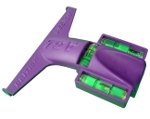
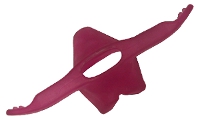
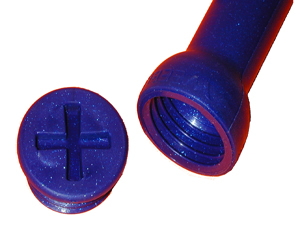
With colour compounding, the material supplier mixes the colour with the base material when it is being made and delivers the plastic granules to us ready-coloured. Materials can be matched to your company colours. This method results in the most consistent colouring run after run and is sometimes the only way to colour materials with a dense base colour such as fire retardant ABS. Compounding is most suitable for long run plastic mouldings as small quantities of the material are expensive and sometimes not obtainable. At Toolcraft however, we're able to obtain just one bag of colour compounded material, making this method possible for short runs too.
Masterbatch
When we use masterbatch colours, the masterbatch dye is added to the base material on-site. It can be more difficult to get good colour consistency with masterbatch than with compounding, but at Toolcraft we ensure colour consistency by using electronic dye dosers on our plastic moulding machines. It's possible to have the masterbatch colour-matched to your company colours exactly, but for smaller runs it's more cost-effective to select from the range of 200 or so standard colours - as we can buy them in quantities as low as 250g, we can make small batches of coloured mouldings for you quickly and cost effectively.
A touch of sparkle
By adding aluminum impregnated dyes to a base material, we can achieve a sparkling finish on plastic mouldings, like this cosmetics container. Other special effects available are pearlescent, fluorescent and metallic, all achievable economically by using masterbatch.
Toolcraft tip: Factors that affect colour
If your product has a textured surface, the colour really can look significantly different from that of a smooth surface. And the thickness of the plastic can also impact on the colour. To minimise this effect, it's essential to control the tool design & manufacture carefully - at Toolcraft, we've got the design know-how.
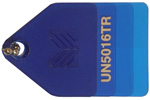
Masterbatch swatch showing effect
of material thickness on the colour
Thick = dark and Thin = light
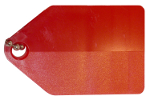
Masterbatch swatch showing effect
of material surface on the colour
Smooth = dark and Textured = light
Here at Toolcraft, we specialise in making colours achievable for shorter production runs. We have a lot more plastic moulding advice for you to explore, or just

